Why Google Ads Brand Campaigns are Important
It's not uncommon for managers to want to switch off a branding campaign when they rank at the top of the page organically. It doesn't make sense to...
If you're new to HubSpot, we guide you on where to start, how to do it right, and train you to make the most of the platform.
Review your HubSpot portal to uncover issues, spot growth opportunities, and ensure you're maximising its potential.
Unlock business growth with automation and attribution. Implement best practices and execute marketing campaigns.
HubSpot On-Demand
HubSpot Training
HubSpot Websites
HubSpot Campaigns
HubSpot Optimisation
3 min read
 Roselen Fernandez
1 December 2016 8:17:56 AM
Roselen Fernandez
1 December 2016 8:17:56 AM
INBOUND 2016 is over but the inbound marketing world is still buzzing about the interesting and valuable talks from Gary Vaynerchuk, Charles Duhigg, Brian Halligan, Dharmesh Shah and other wonderful speakers.
In this blog post, I’ll focus on Rand Fishkin’s keynote – ‘How Marketers Can Keep up with Google in 2017 and Beyond’. In his session (slides available here), he discusses the ever changing search trends, how Google tools work and how to make it work in our favour.
Watch it below:
Here’s a summary of the biggest takeaways and how marketers can make use of them (I’ve expanded these and added some tips):
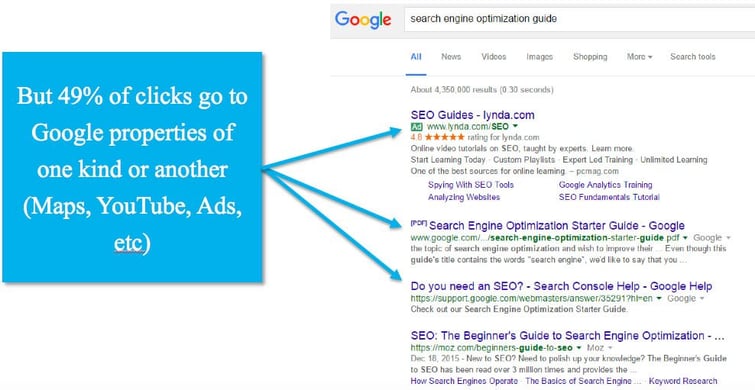
51% of all clicks on Google search results go to organic, non-google results while 49% go to Google properties such as Google Maps, Youtube Ads, Google News etc. You can’t just simply be successful in SEO without utilising some of these channels.
If you you want to improve your search presence and you’re still not on these channels, this post will teach you how to optimise your Google My Business listing and this post will teach you how to set up and optimise your Youtube channel and videos.
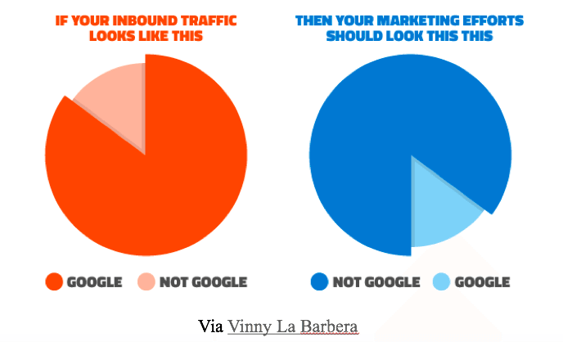 It is crucial that you get your traffic from different sources. It would be odd to get most of your traffic from Google search, right?
It is crucial that you get your traffic from different sources. It would be odd to get most of your traffic from Google search, right?
There are tons of options for traffic sources and here are some you should start aiming for:
You can’t be in all of them but just try to diversify your traffic if you want better search presence.
Rand recommends these channels:
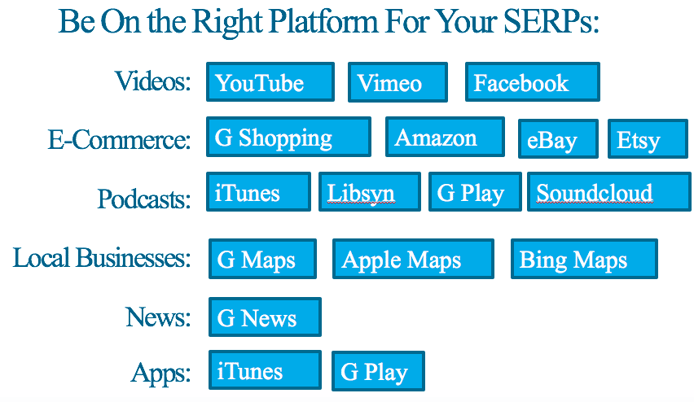 One of these channels that e-commerce businesses should utilise is Amazon. According to a 2015 survey conducted by BloomReach, 44% of online shoppers head to Amazon directly for product search.
One of these channels that e-commerce businesses should utilise is Amazon. According to a 2015 survey conducted by BloomReach, 44% of online shoppers head to Amazon directly for product search.
Who doesn’t use Amazon? It is a trusted brand and online shoppers check out Amazon to conduct product searches and check out reviews.
If your products are not on Amazon yet, you’re missing a huge opportunity here.
You want your video to appear on your site first. Use your own video hosting, like Wistia, to publish videos because, compared to YouTube, you have more control over your rich snippets and SEO and traffic will go directly to your site.
But still, you should be on YouTube. As I’ve mentioned above, 49% of Google clicks go to Google properties which includes YouTube but you have to make sure it’s well-optimised to reap its benefits.
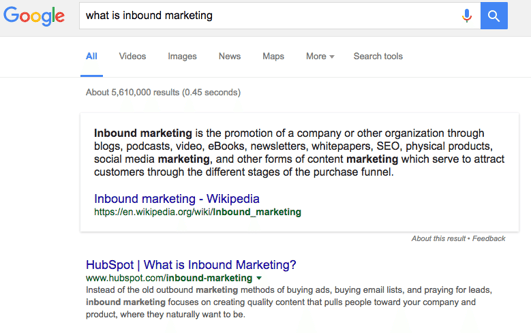
For some, this could mean less clicks and less website traffic. This removes the need to click a 3rd party site for further information and you would expect a much lower clicks from search results but this may not always be the case. In fact, Moz is getting more traffic in ranking ‘0’ than number 1 which means people would still click on your website even if their questions are already answered.
This is a huge opportunity for marketers – Moz discusses here how your page or blog post can be the ‘answer’.
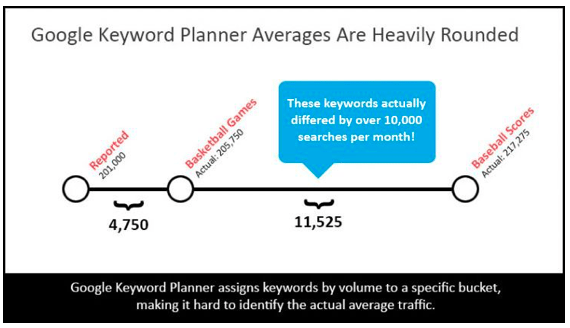
You're probably aware that the Google Adwords Keyword Tools is not accurate… but by how much? Moz found that the average monthly results that the AdWords keyword tool show is wildly inaccurate, showing very large ranges, and it also doesn’t show non-commercial keywords fully.
Along with the Google Adwords Keyword Tool, use other tools like Moz, KeywordTool.io, SEMRush, etc.
Other ways for finding keyword opportunities:
You already have your target keywords and you’ve taken a look at Google search results and they’ve already written a piece of content around it but this should not dissuade you from writing your own content piece. In fact, you should be more motivated to provide a much higher value piece over your competitor’s content.
Think about how you can give your audience a more focused and in-depth answer to their queries.
There you go folks. A lot of takeaways you can implement to your marketing efforts. What’s your major takeaway from Rand’s keynote? Who’s your favourite speaker? Let us know in the comments below.
It's not uncommon for managers to want to switch off a branding campaign when they rank at the top of the page organically. It doesn't make sense to...
Say goodbye to organic keyword data in Google Analytics Back in June I wrote a post surrounding the growing incidence of (not provided) in Google...
Searching for a quick way to improve visibility, authority, influence, clicks and conversions? Your solution: Google Authorship. It's not without its